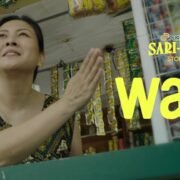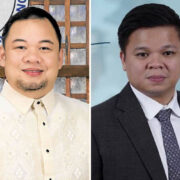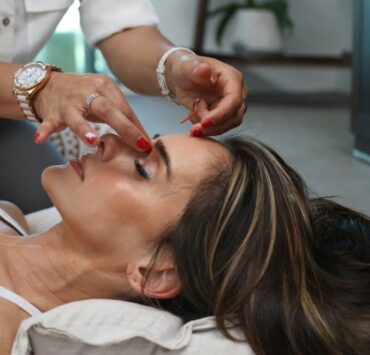Fashioning futures from Manila to Milan—and back again
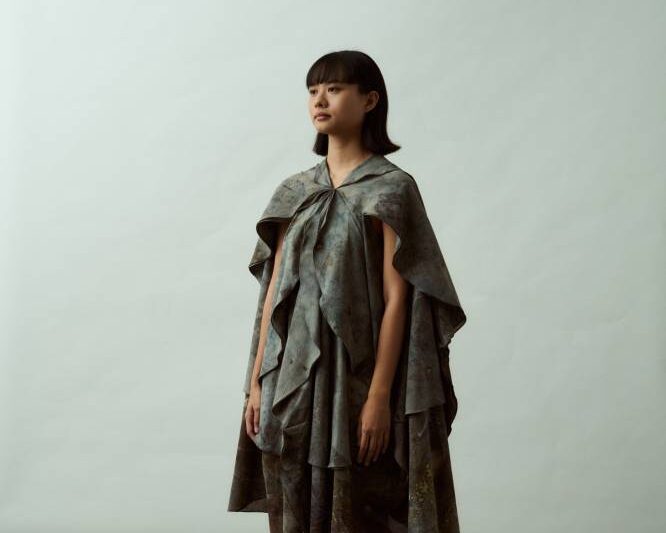
What does a Milan mentorship mean for Philippine fashion? Like entering another room where the mirrors are angled differently, it offers new ways of seeing and understanding—critique, networks, and process—while also testing how our work travels without losing its ethos and cultural fingerprint.
The program’s promise is potentially enduring: reciprocity and the emergence of a more inspired, informed, confident, and rooted yet cosmopolitan fashion scene. If the Milan mentorship program helps build long-term pathways for materials, makers, and systems back home, then it is more than a passport stamp; it becomes infrastructure.
A partnership across borders
This year, the Department of Trade and Industry (DTI), through the Center for International Trade Expositions and Missions (CITEM) and in partnership with the Philippine Fashion Coalition and LIT Fashion Consultancy, launched the FASHIONPhilippines Milan Mentorship Program 2025. Twelve designers—Adam Pereyra, Joseph Bagasao (Bagasáo), Jo Ann Bitagcol (Bitagcol), Tessa Nepomuceno (Calli), Carl Jan Cruz, Ched Dalogaog (Ched Studio), Steffi Cua (Idyllic Summers), Jerome Lorico (Lorico), Renz Reyes, Gabby Garcia (Tagpi), Thian Rodriguez, and Vania Romoff—were selected.
The initiative is structured into two phases: local creative planning, followed by a four-day mentorship in Milan from Sept. 22 to 25, led by Sara Sozzani Maino of Vogue Italia. It will culminate in an exhibition at Milan Fashion Week Spring/Summer 2026, where each designer will present a 15-piece collection—three of which will feature Filipino Innovation Textiles (FIT) made from Indigenous fibers such as abaca, banana, pineapple, and bamboo.
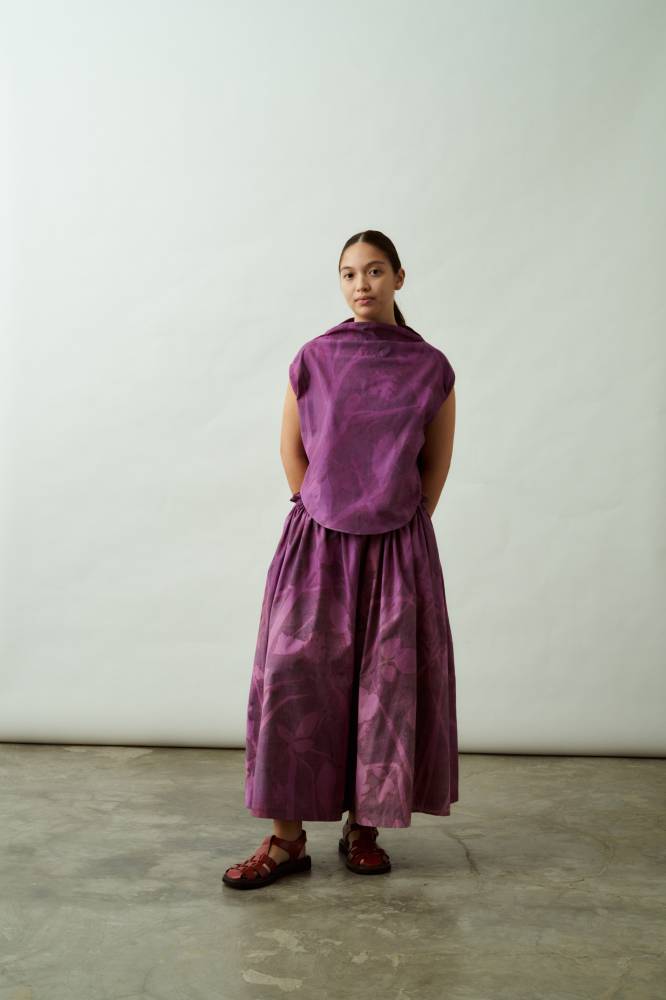
“By bringing our designers to one of the world’s fashion capitals and exposing them to mentorship from world-renowned industry leaders, we are also showcasing the Philippines’ design excellence and opening opportunities for our talents to connect with international buyers and broaden their market reach,” says Trade Secretary Cristina A. Roque, aligning the program with President Ferdinand Marcos Jr.’s directive to expand Filipino creativity in global markets.
The program is promising, and a welcome form of institutional support for the Philippine fashion industry as a whole.
Supermodel-turned-photographer-designer Jo Ann Bitagcol, Gen Z fashion designer Gabby Garcia of Tagpi, and Steffi Cua of Idyllic Summers bring distinct vernaculars to the conversation: clothes as embodiments of contemporary culture, patchwork as social cartography, and sustainability woven into the very fabric of local artistry.
We chat with Bitagcol, Garcia, and Cua about what they hope to distill from the Milan Mentorship Program 2025—and what forms of rigor they intend to bring back to strengthen their practice at home.
Gabby, as the youngest of the 12 designers in the Milan mentorship program, how do you think the experience will shape you both as a designer and as an entrepreneur?
Gabby Garcia [GG]: Being part of the Milan mentorship program is honestly a huge opportunity, especially as one of the youngest designers in the group. I think it’s going to shape me in ways I haven’t even fully imagined yet. As a designer, I’m excited to push my boundaries, learn new techniques, and immerse myself in Milan’s rich culture of fashion. But beyond the creative side, the business element is something I’m particularly eager to dive into.
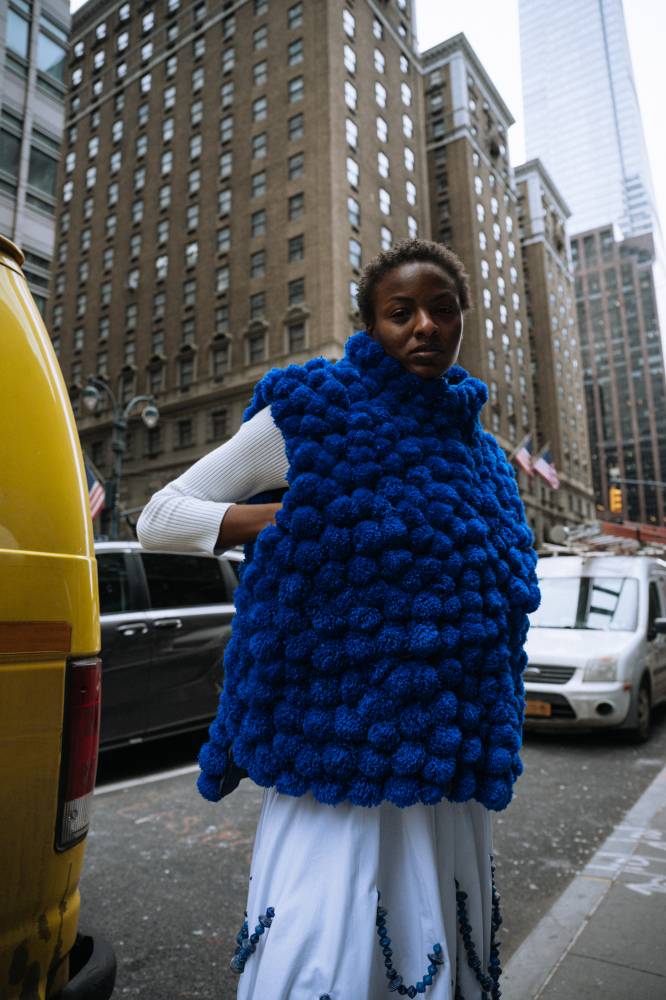
As an entrepreneur, I’ll get real-world exposure to managing a fashion brand, understanding how to scale, market, and connect with an audience—things you don’t always get from textbooks or design school. This program will really help me balance that dreamer side of me with the practical skills I need to bring my vision to life.
Jo Ann, as someone who has made an indelible mark on Philippine fashion through your work as a supermodel, photographer, and designer, what does being part of the Milan mentorship program mean to you?
Jo Ann Bitagcol [JB]: It means staying true to your authentic self while keeping an open mind. It’s also a reminder that the world is opening up—there is so much to learn, and anything is possible.
How do you think an international mentorship program like this would influence or shape your current practice as a fashion designer?
JB: I feel this international mentorship is a signal for me to prepare for something great. I look forward to learning more creatively, exploring design options that will work in the international market, and expanding my knowledge of the business side of fashion.
GG: An international mentorship program like this is a game-changer. It brings together different perspectives, trends, and philosophies that can completely shift the way I approach my design process. With mentors and peers from all over the world, I’ll be exposed to ideas and techniques I may not have encountered otherwise. It’s one thing to study fashion in theory, but it’s a whole different ball game when you’re able to learn firsthand from some of the best in the industry.
As a designer, it will push me to refine my aesthetic and adapt it to a broader global audience. I expect to grow in areas I might not have even considered before, such as brand positioning, marketing strategies, or exploring new materials. I’m especially interested in how international mentors can help me align my creative practice with sustainability and innovation.
Steffi Cua [SC]: Fashion remains a global business largely concentrated in the West, which makes the Milan mentorship particularly significant. The jury carries lived experience across publishing, retail, distribution, and exhibition-making, and I’m interested in how they will read Idyllic Summers as a studio—whether in terms of brand identity, merchandising, or strategy.
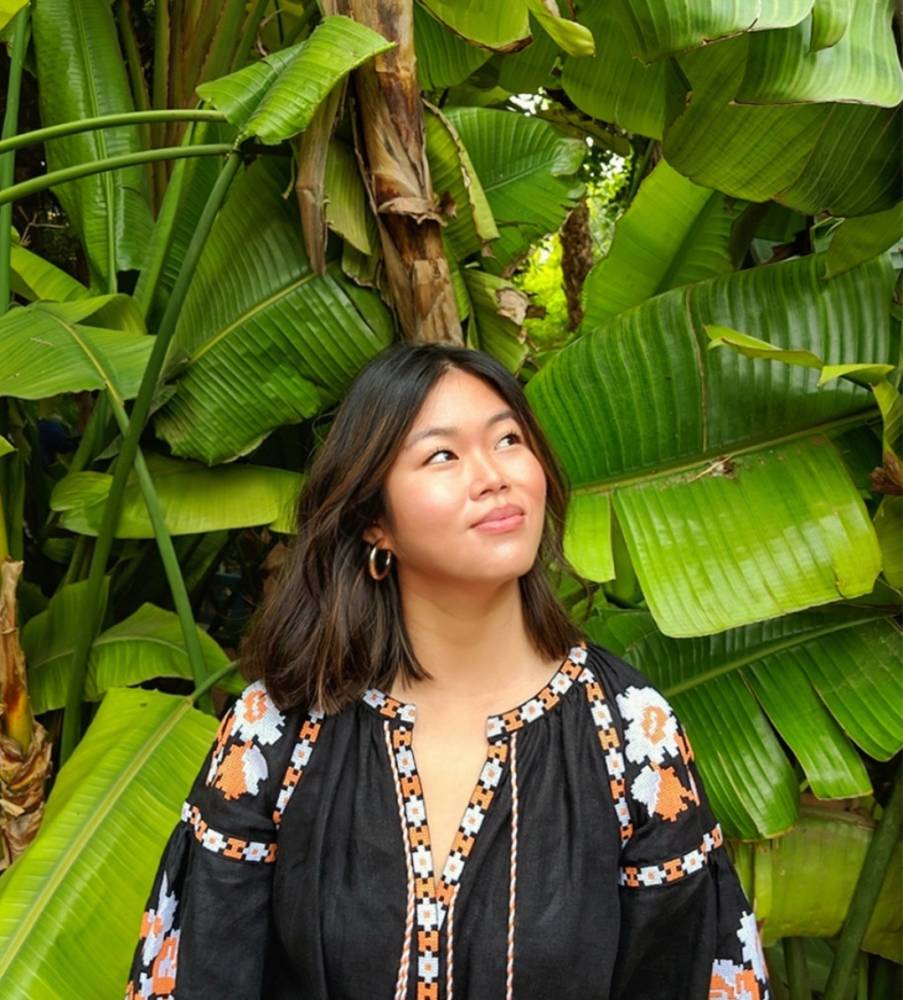
Their perspective can expand the legibility of our work to international audiences, while also sharpening how we are understood locally. Since we do not rely on conventional marketing routes such as fashion shows or celebrity endorsements, this kind of recognition becomes a fast track into certain markets without compromising our authorship or independence.
Which part of your work, rooted in your identity as a Filipino fashion designer, excites you most to bring onto the world stage in Milan?
SC: Our practice has always centered on elevating local craft, but not in a static or nostalgic way. We have worked with T’Boli embroiderers, Negrense lacemakers and loom weavers, Panay Bukidnon applique artisans, and most recently collaborated with visual artists Geraldine Javier and Marionne Contreras on eco-printing.
What excites me is presenting these practices as part of a contemporary studio language—where craft is not framed as heritage alone, but as an active site of experimentation, collaboration, and authorship within global fashion.
JB: The story we tell through our prints—the concept of recycling our national wear through photography.
GG: One of the things that excites me most is how I can blend traditional Filipino craftsmanship—such as intricate hand beading, weaving techniques, and the use of Indigenous fabrics—into contemporary global fashion. These elements are not just beautiful; they hold so much history and meaning, and I want the world to see them in a fresh, modern context.
Steffi and Jo Ann, how does the Milan mentorship program address gaps in the Philippine fashion landscape? And beyond this program, what more can government and non-government institutions do to sustainably support the industry?
JB: I’m happy that the government and private sector are putting structures in place and creating initiatives to support the fashion industry. It’s one step at a time, and this mentorship program is a good start. I have no expectations, but I believe that by consistently presenting quality products and relevant, innovative designs, these will be the key factors in opening doors internationally.
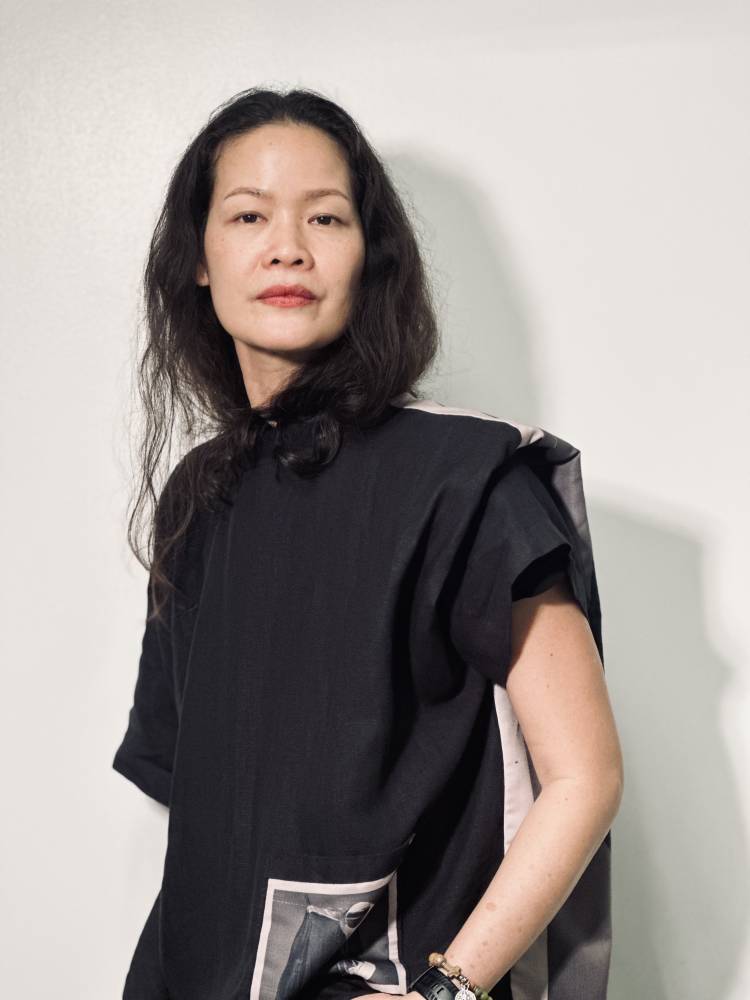
SC: The Milan mentorship addresses gaps that remain underdeveloped in the Philippine fashion landscape: structures around retail, wholesale, and buying; decolonial frameworks that question how we position ourselves globally; and curatorial practices such as exhibition-making and framing. These are areas where our industry has yet to build depth. Locally, fashion is often oriented toward a domestic audience, which isn’t negative in itself, but many brands, including the biggest ones, aspire to export and play the international game. To do this successfully, we have to understand the rules of that system. A program like this gives us designers the literacy to navigate those structures while also strengthening our own authorship.
Beyond this program, what we need from government and non-government institutions is long-term, sustained support: investment in infrastructure for production and distribution; education that goes beyond technical training to include critical thought; and platforms that connect local designers to international markets in a way that feels authored rather than extractive.
The goal shouldn’t just be recognition or visibility abroad, but the building of a resilient ecosystem at home that allows Filipino designers to operate with confidence, independence, and global relevance.
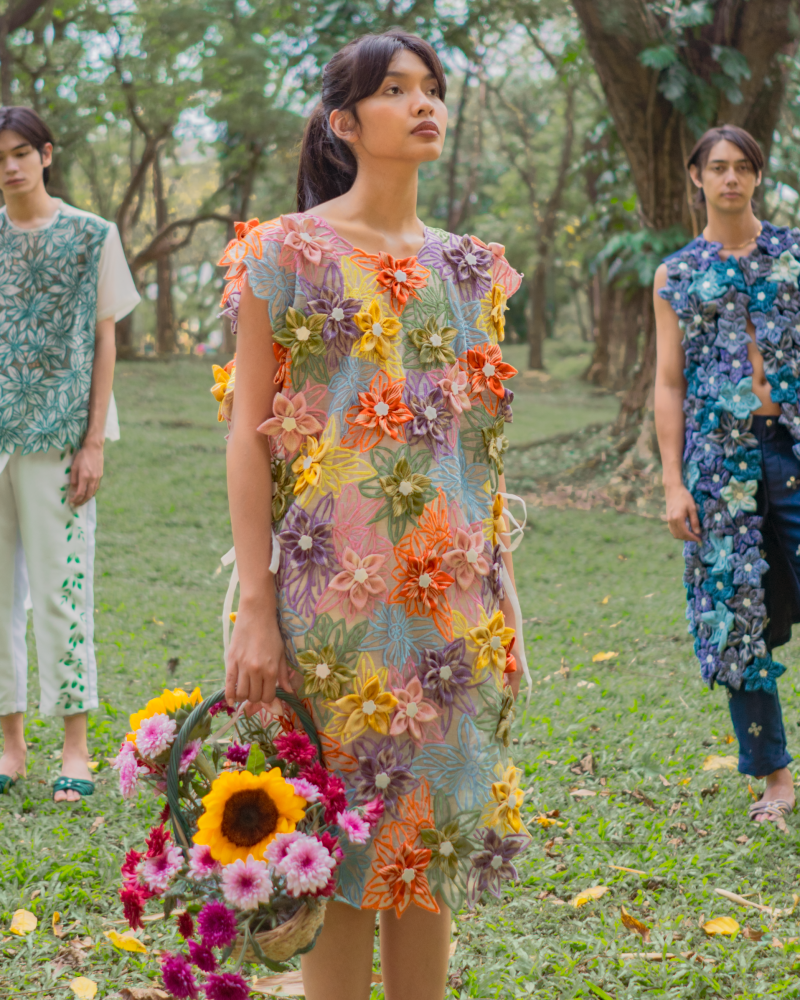
***
Ultimately, the program’s success lies not in the mileage it garners, but in whether the work becomes more itself, and whether the local ecosystem—textiles, designers, makers, ateliers, apprentices—grows sturdier, perhaps even anti-fragile.
Call it both a pilgrimage and a dialogue. The true measure of this milestone won’t be the selfie at a fashion capital, but the afterlife of the mentorship at home: who benefits, what endures, and what new standards we set for ourselves.

